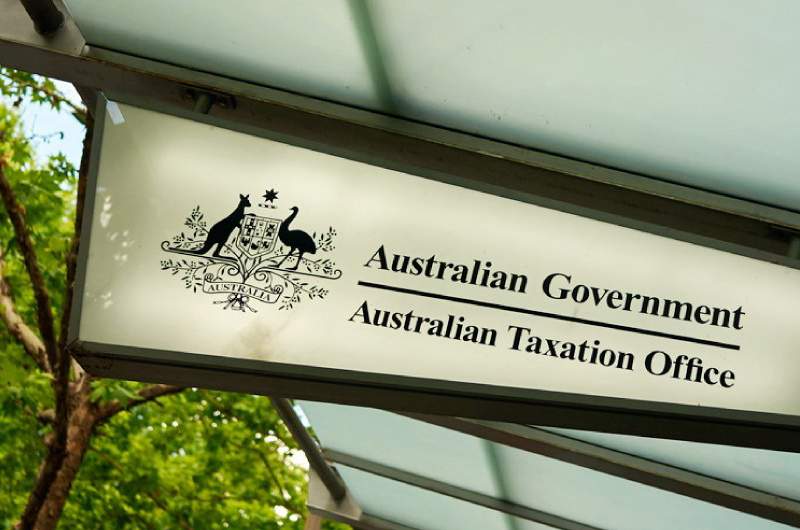Equipping professional accountants for sustainability
The International Federation of Accountants has developed a concise resource to guide accounting professionals and...
READ MORE
Insurers have been asked to provide the ATO with policy details for lifestyle assets over certain asset value thresholds, as part of its efforts to ensure taxpayers are fulfilling their tax and superannuation reporting obligations.

The Australian Taxation Office (ATO) has revealed that it will be requesting a further five years’ worth of policy information from over 30 insurance companies about taxpayers who own marine vessels, thoroughbred horses, fine art, high value motor vehicles and aircraft.
The ATO expects to receive information about assets owned by around 350,000 taxpayers from 2015-16 to 2019-20 as part of its data-matching program.
Insurers will be required to provide the ATO with detailed policy information where the value of assets is equal to or exceeds the following thresholds:
According to the Tax Office, information provided by insurers will be used as part of its compliance profiling activities.
Deputy commissioner Deborah Jenkins said knowing who owns these lifestyle assets helps the agency get a more complete picture about the actual financial situation of taxpayers as compared with what is reported on tax returns.
“If a taxpayer is reporting a taxable income of $70,000 to us but we know they own a $3 million yacht then this is likely to raise some red flags,” Ms Jenkins said.
“Regardless of your level of wealth, we all need to pay the correct amount of tax, and this data will allow us to ensure those people who can afford these kinds of items are doing the right thing, along with everyone else.
“Doing things like being untruthful about your income or failing to declare capital gains is effectively stealing from the community – and this is money the community is missing out on to pay for infrastructure and services we all rely on like schools, hospitals and roads.”
Ms Jenkins clarified that the data will not be used to initiate automated compliance activity, adding that taxpayers selected for compliance activities are identified through other methodologies.
“The data is made available to our compliance teams to support their risk profiling of the selected taxpayers. Existence of an insurance policy may or may not prompt the compliance officer to pursue a particular line of enquiry,” she said.
Aside from helping identify taxpayers who may be under-stating their income, the data from insurers may be used by the ATO to identify taxpayers who have made capital gains on the disposal of certain assets but who have not declared this to the ATO.
“With high value assets like fine art, there can be some significant capital gains made when these assets are sold, and capital gains tax may need to be paid on the sale or disposal of these items,” Ms Jenkins said.
The data will also be used by the ATO as part of their risk profiling activity to identify incorrect goods and services tax (GST) input tax credits where taxpayers are purchasing the assets for purely personal reasons and claiming GST credits as if the item was a business asset.
“If we discover incorrect GST input tax credit claims for items purchased for personal reasons, we’ll be following up and seeking full repayment on top of any applicable interest and penalties,” Ms Jenkins said.
Self-managed superannuation funds that the ATO suspects may be acquiring lifestyle assets purely for personal enjoyment of the fund's trustee or beneficiaries are also likely to be looked at by the ATO.
The ATO's lifestyle assets data-matching program has been in place since February 2016. Under the program, the ATO has already collected data on insurance policies for the 2013-14 and 2014-15 financial years.